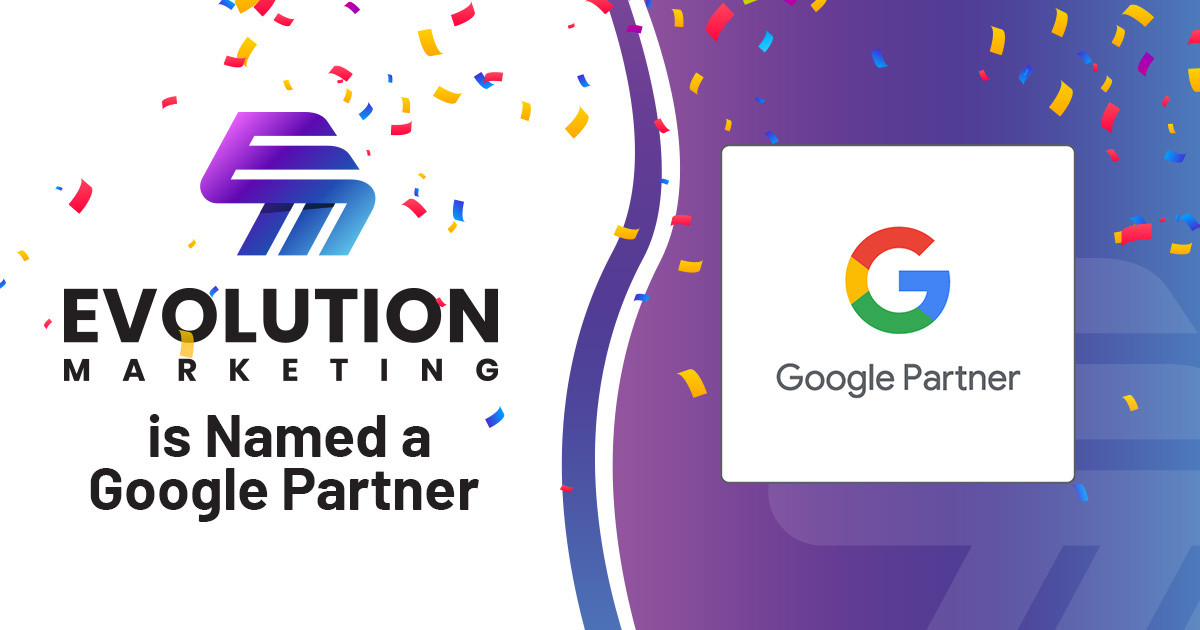
Navigating the Cookie Labyrinth: Understanding Online Tracking
In the vast digital landscape where our interactions are intricately woven with technology, cookies have emerged as the silent sentinels guarding our online experiences. Websites and apps—think giants like Yahoo and AOL—utilize these tiny snippets of data to store information about users, helping tailor the online experience while also raising questions about privacy and consent. In this era marked by unprecedented surveillance, it’s crucial to unpack what cookies mean for our digital lives.
What Are Cookies and Why Should We Care?
Cookies, often misunderstood as mere nuisances, play a vital role in ensuring smooth user experiences. They allow websites to remember essential details, enabling features such as login authentication, personalized content delivery, and even targeted advertisements. The ability to create a personalized browsing environment is attractive, but it comes with implications for our privacy.
“We use data for personalized advertising and content, audience research, and service improvement.”
No doubt, these practices have helped businesses thrive. Yet, the fine line between convenience and intrusion has become increasingly blurred. When users click on “Accept All,” they inadvertently grant access to personal data stored in their devices. Companies can leverage not only browsing habits but also location data, and that raises eyebrows among privacy advocates.

Understanding user data privacy in the age of tracking.
The Balancing Act of Consent
In light of growing concern over privacy breaches, regulations have emerged to safeguard user data, including the likes of the General Data Protection Regulation (GDPR) in the EU. Users are now often faced with choices: accept or decline cookies? When choosing to accept, they embark on a journey where their online footprint is meticulously recorded. The question remains—are users truly aware of what they’re agreeing to in those consent pop-ups?
Every user has the freedom to manage their settings and tailor their privacy preferences—options abound through various dashboards and settings menus. But how often do we truly engage with these settings? What does it matter if users are enticed by the convenience of one-click browsing at the cost of their privacy? It’s a dilemma that challenges our understanding of consent in the digital age.
The Role of Advertising Partners
When we discuss cookies and data collection, we cannot ignore the network of advertising partners. Many companies rely on a host of partners to deliver targeted ads, powered by insights gathered from cookies. According to the IAB Transparency & Consent Framework, a staggering number of partners (237, to be exact) participate in this intricate web of data exchange.

The landscape of digital advertising and tracking.
As a consumer, it’s crucial to recognize that each click can contribute to a broader understanding of our preferences. But on the other hand, some might argue this level of targeting enhances our digital lives by filtering out irrelevant advertisements and presenting personalized content that truly interests us.
Redefining Privacy Settings: A Personal Journey
Reflecting on my personal browsing habits, I admit I have been guilty of hastily clicking “Accept” without a second thought. However, recent realizations have pushed me to re-evaluate my choices. Engaging in a practice of regularly reviewing privacy settings has opened my eyes to the nuances of online tracking.
Through an iterative process of trial and error, I began to delve deeper into data practices of the websites I frequent. I actively sought to understand what data was being collected and for what purpose. This journey of self-education not only empowered me but equipped me with the tools needed to reclaim some semblance of digital autonomy.
Conclusion: The Way Forward
While cookies will undoubtedly continue to be a cornerstore of our online interactions, our understanding and management of them need to evolve. With the right tools and a better grasp of privacy settings, users can take charge of their online presence. Let’s embrace the balance between personalized experiences and our right to privacy. Adapting to this paradigm will ensure that we can navigate the web without feeling like mere data points in someone else’s analytics. In a world dominated by data, awareness is the first step toward safeguarding our digital identities.

Envisioning a future where privacy and technology coalesce.
As we continue this conversation about cookies and consent, I challenge you to reflect on your own digital practices. Are you conscious of what you accept? Let’s take a mindful step into the future of our digital interactions, where personalized experience and privacy harmoniously coexist.















